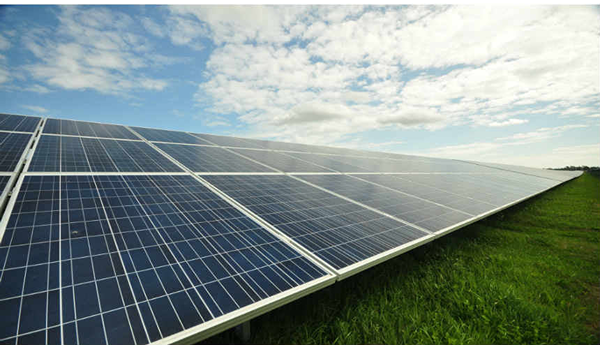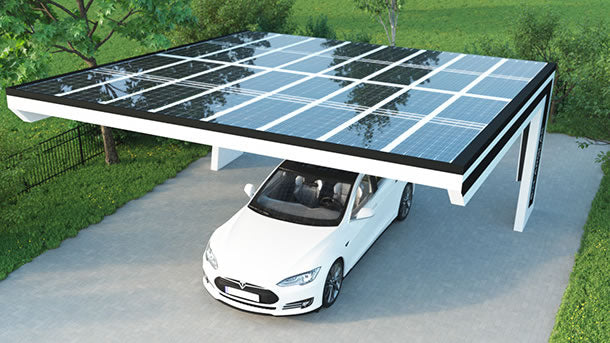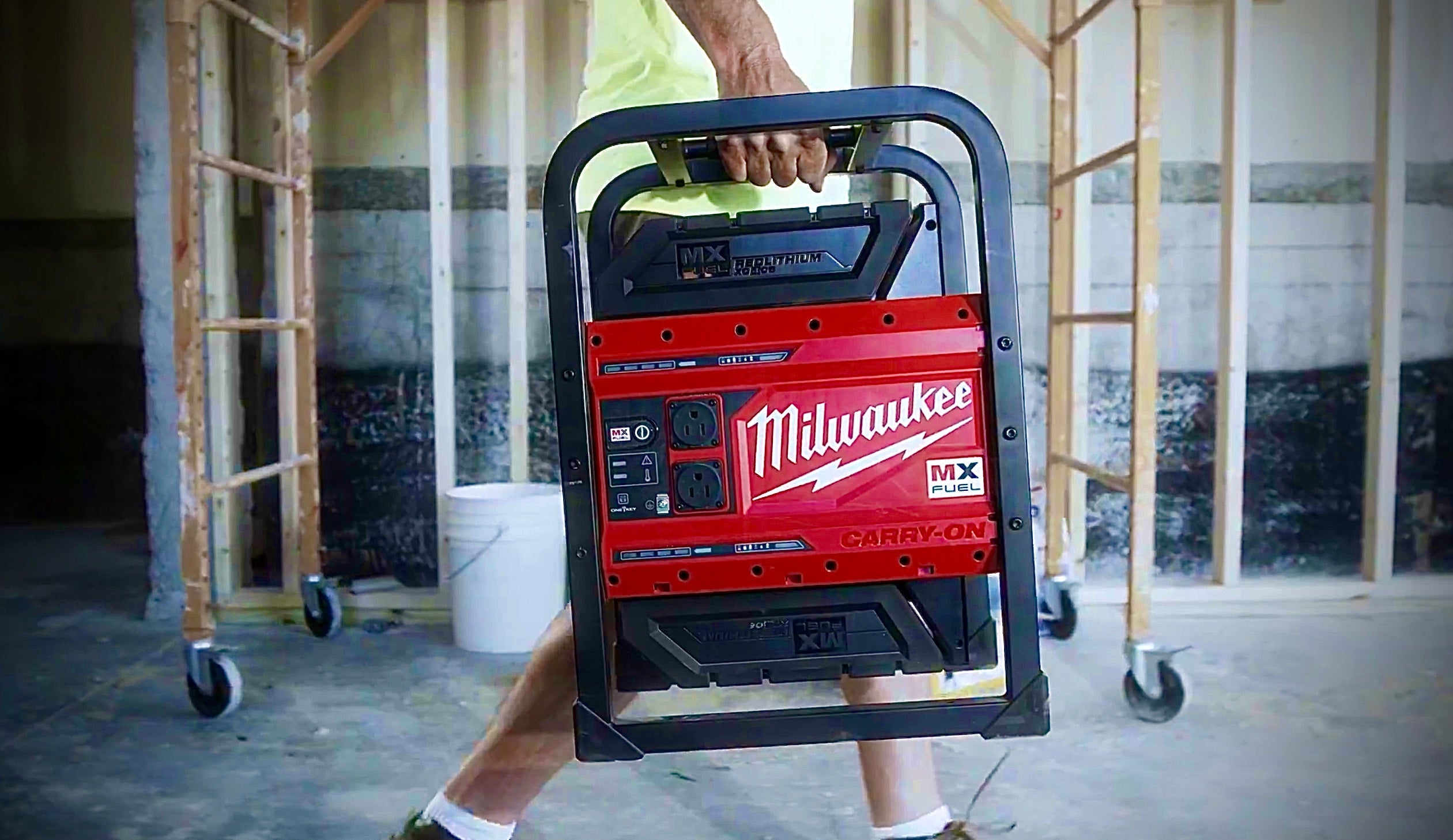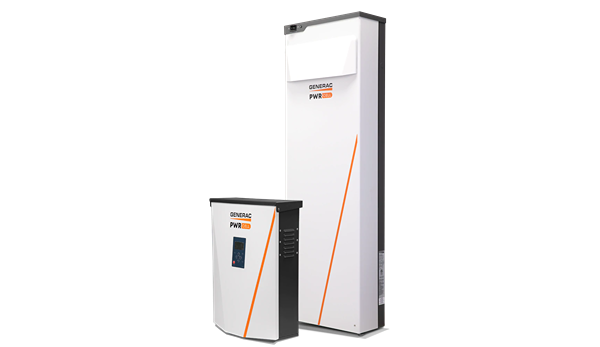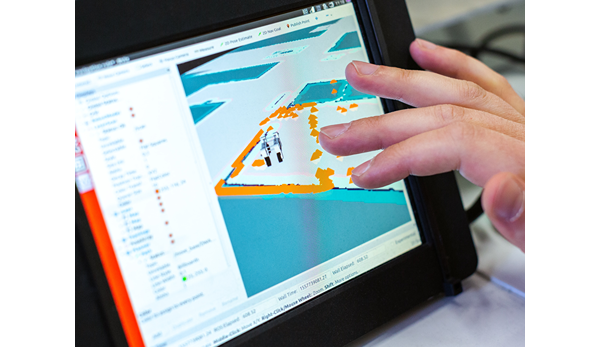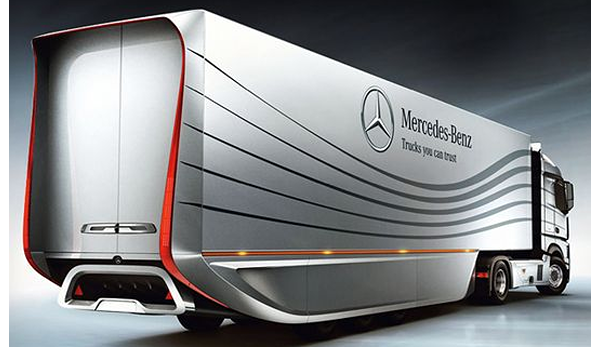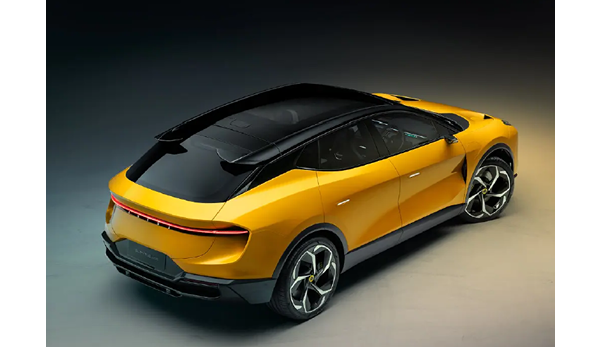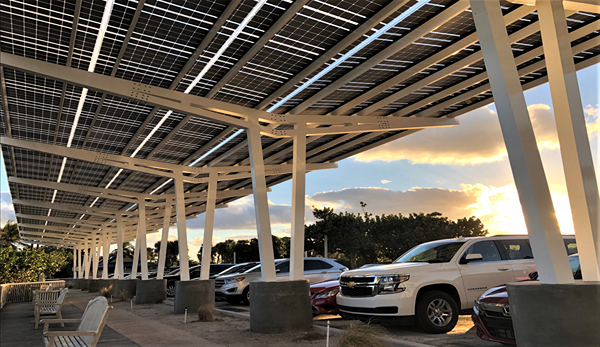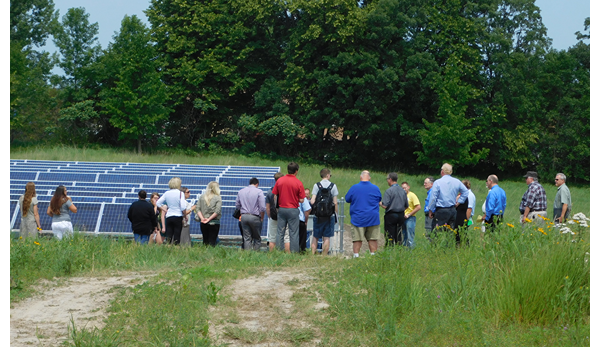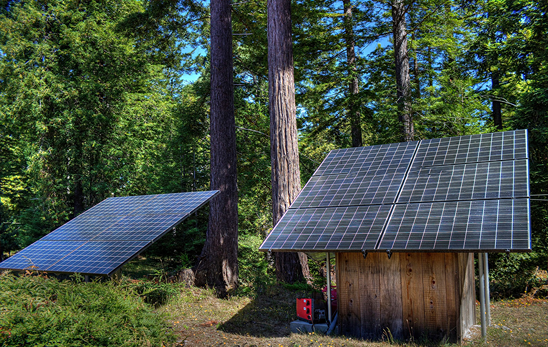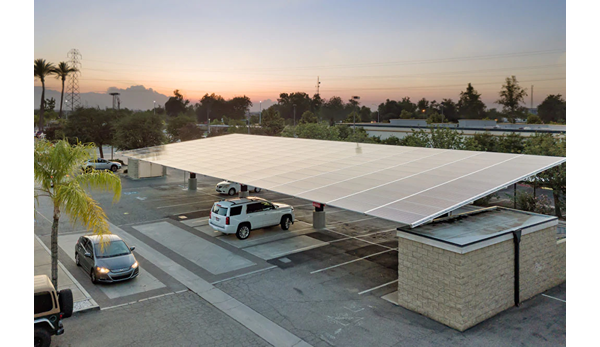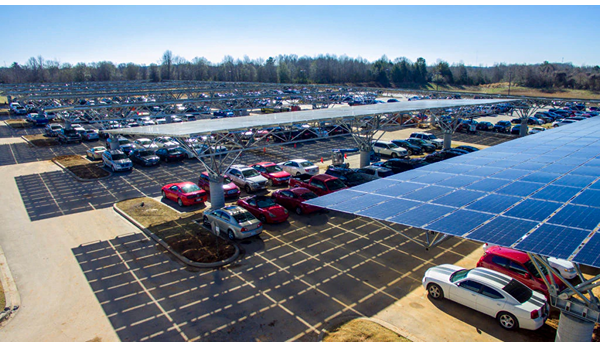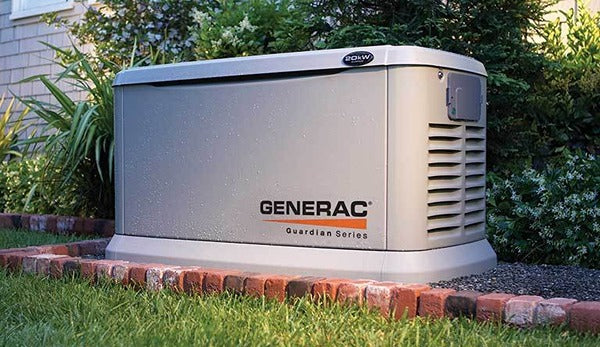On the Job and In the Field: How Portable Power Stations Are Changing the Game
On the Job and In the Field:
How Portable Power Stations
Are Changing the Game
Portable power stations have emerged as a convenient and reliable solution for powering devices and equipment on-the-go. From construction sites and outdoor events to emergency preparedness and disaster relief efforts, portable power stations have gained popularity due to their versatile and flexible applications. This article aims to explore the benefits, types, components, and factors to consider when choosing a portable power station, as well as the top products available in the market, and their limitations and future prospects.
Explanation of Portable Power Stations
Portable power stations are compact and rechargeable battery-powered devices that provide electricity to various devices through multiple output options, such as AC outlets, DC ports, and USB ports. They are designed to be lightweight and portable, making them an ideal power source for use on-the-go, especially in situations where traditional power sources are unavailable or unreliable.
Growing Demand for Portable Power Solutions
The increasing demand for portable power solutions can be attributed to the need for convenient, sustainable, and efficient energy sources. Portable power stations have emerged as an excellent alternative to traditional generators, which are often noisy, bulky, and reliant on fossil fuels.
Importance of Reliable Power in the Field
In the field, reliable power is crucial for ensuring the smooth operation of devices and equipment. Portable power stations offer a reliable power source that can power various devices, from power tools and lighting to smartphones and laptops.
The Benefits of Portable Power Stations
Freedom from Dependence on Traditional Power Sources
Portable power stations offer a convenient and reliable alternative to traditional power sources, such as electrical outlets or gasoline generators. They provide a portable and independent power source, which is especially useful in situations where traditional power sources are unavailable, unreliable, or impractical.
Clean and Sustainable Energy Solution
Portable power stations are a clean and sustainable energy solution, as they do not produce any emissions or noise pollution. Moreover, some portable power stations are equipped with solar panels, allowing them to harness the power of the sun and provide an even more sustainable energy source.
Cost-Effective and Efficient
Portable power stations offer a cost-effective and efficient power solution, as they eliminate the need for fuel, maintenance, and expensive installation costs associated with traditional generators. Additionally, portable power stations are designed to be energy-efficient, with some models featuring energy-saving modes and automatic shutdown functions to conserve power.
Versatility and Flexibility of Use
Portable power stations are versatile and flexible, with multiple output options that allow users to power a wide range of devices, from power tools and lighting to smartphones and laptops. They can also be used in various settings, such as construction sites, outdoor events, recreational activities, and emergency situations.
Applications of Portable Power Stations
Construction Sites and Job Sites
Portable power stations are useful in construction sites and job sites, where power tools and other equipment require a reliable source of electricity. They can also be used to power lighting, ventilation, and other essential equipment.
Outdoor Events and Festivals
Portable power stations are popular in outdoor events and festivals, where power is needed for lighting, sound systems, and other equipment. They offer a convenient and sustainable power source that can be easily transported to the site.
Recreational Activities
Portable power stations are also useful in recreational activities, such as camping, hiking, and boating, where access to traditional power sources may be limited or unavailable. They can be used to power devices such as smartphones, laptops, and portable refrigerators.
Emergency Preparedness Medical and Disaster Relief
Portable power stations are essential in emergency situations, such as natural disasters, where power outages are common. They provide a reliable power source for essential devices, such as medical equipment, communication devices, and lighting.
In addition, portable power stations can be used for emergency preparedness. When natural disasters strike, traditional power sources can be disrupted, leaving homes and businesses without power. Portable power stations provide a reliable source of energy during these times of crisis, allowing people to charge their phones, power medical equipment, and run essential appliances.
Components of Portable Power Stations
Portable power stations consist of several key components that work together to produce power. These components include:
Batteries: The type and capacity of the battery determines the amount of power that the portable power station can produce.
Inverters: The inverter is responsible for converting the DC power produced by the batteries into AC power that can be used to power appliances.
Solar panels: Portable power stations that are designed to be solar-powered come with built-in solar panels or have the ability to connect to external solar panels.
Charge controllers: Charge controllers regulate the amount of power that is being sent to the batteries from the solar panels.
Power input/output: Portable power stations come with various power input/output options, such as USB ports, AC outlets, and DC outputs.
Types of Portable Power Stations
There are several types of portable power stations available on the market, each with their own unique features and benefits. Some of the most common types include:
Lithium-ion battery power stations: These power stations are lightweight and compact, making them easy to transport. They also have a high power output and can be recharged quickly.
Lead-acid battery power stations: These power stations are more affordable than lithium-ion battery power stations but are heavier and bulkier. They also have a shorter lifespan and take longer to recharge.
Solar-powered power stations: These power stations are designed to be charged using solar panels and are ideal for outdoor activities and off-grid living.
Gasoline-powered generators: While not technically a portable power station, gasoline-powered generators are still a popular choice for providing power in remote locations. However, they are noisy and emit harmful fumes, making them a less sustainable option.
Factors to Consider When Choosing a Portable Power Station
When choosing a portable power station, there are several factors to consider. These include:
Power capacity: The power capacity of a portable power station determines the amount of power it can produce. It's important to choose a power station that can meet your specific power needs.
Battery type and capacity: The type and capacity of the battery will determine how long the power station can run and how quickly it can be recharged.
Portability and weight: If you plan on taking your portable power station with you on the go, it's important to choose a model that is lightweight and easy to transport.
AC/DC output options: The power station should come with a variety of output options, including USB ports, AC outlets, and DC outputs.
Charging speed and compatibility: Look for a power station that can be charged quickly and is compatible with a variety of charging methods.
Expandability and modularity: Some portable power stations can be expanded with additional batteries or solar panels, allowing you to customize the power output to meet your specific needs.
Top Portable Power Stations in the Market
Jackery Explorer 1000
The Jackery Explorer 1000 is a high-capacity power station with a 1002Wh lithium-ion battery. It has multiple AC, DC, and USB ports, making it suitable for a wide range of devices. The Explorer 1000 can be charged via solar panels, AC wall outlets, or car chargers, and it also has a built-in MPPT controller for maximum charging efficiency. With its compact size and lightweight design, the Jackery Explorer 1000 is ideal for outdoor activities and emergency backup power.
Goal Zero Yeti 1500X
The Goal Zero Yeti 1500X is a top-of-the-line portable power station with a 1516Wh lithium-ion battery. It has a variety of AC, DC, and USB outputs, as well as wireless charging capabilities. The Yeti 1500X can be recharged via solar panels, wall outlets, or car chargers, and it also has a built-in MPPT controller for faster solar charging. With its rugged design and large capacity, the Goal Zero Yeti 1500X is perfect for camping trips, job sites, and emergency backup power.
EcoFlow Delta 1300
The EcoFlow Delta 1300 is a powerful and compact portable power station with a 1260Wh lithium-ion battery. It has multiple AC, DC, and USB ports, as well as wireless charging capabilities. The Delta 1300 can be charged via solar panels, AC wall outlets, or car chargers, and it also has a built-in MPPT controller for maximum solar charging efficiency. With its lightweight design and user-friendly interface, the EcoFlow Delta 1300 is perfect for outdoor activities and emergency backup power.
MAXOAK Bluetti AC100
The MAXOAK Bluetti AC100 is a high-capacity power station with a 1000Wh lithium-ion battery. It has multiple AC, DC, and USB ports, as well as wireless charging capabilities. The Bluetti AC100 can be charged via solar panels, wall outlets, or car chargers, and it also has a built-in MPPT controller for maximum solar charging efficiency. With its compact size and powerful battery, the MAXOAK Bluetti AC100 is ideal for camping trips, job sites, and emergency backup power.
Rockpals 500W/520WH
The Rockpals 500W/520WH is a versatile portable power station with a 520Wh lithium-ion battery. It has multiple AC, DC, and USB ports, as well as a built-in LED flashlight and wireless charging capabilities. The Rockpals 500W/520WH can be charged via solar panels, wall outlets, or car chargers, and it also has a built-in MPPT controller for faster solar charging. With its rugged design and compact size, the Rockpals 500W/520WH is perfect for camping trips, outdoor events, and emergency backup power.
How to Use a Portable Power Station
Portable power stations have become increasingly popular in recent years, as they provide a reliable and convenient source of power for a variety of applications. Whether you're camping, tailgating, or need emergency power during a blackout, a portable power station can be a lifesaver. However, if you're new to using these devices, it can be daunting to know where to start.
Charging the Power Station
Before you can use your portable power station, you'll need to make sure it's charged up. Most models will come with a charging cable that you can plug into a standard wall outlet. It's important to note that charging times will vary depending on the size of the battery and the amount of power you're starting with. Some models can be charged from a solar panel or a car's cigarette lighter, but you'll need to make sure you have the right adapters for your specific device.
Connecting Devices
Once your power station is fully charged, you can start connecting devices. Most models will have multiple outlets, including USB ports, AC outlets, and DC outlets. Make sure you check the voltage and amperage requirements of the devices you want to connect, and never exceed the maximum capacity of your power station. Some models will also have a built-in inverter, which allows you to power devices that require AC power, like laptops and televisions.
Maintenance and Care
To ensure your portable power station stays in good working order, there are a few things you should do to maintain it. First, make sure you keep it clean and free of debris, as this can damage the internal components. If your device has a lithium-ion battery, make sure you store it at a moderate temperature, as extreme heat or cold can damage the battery. You should also avoid overcharging or undercharging your battery, as this can reduce its overall lifespan.
Challenges and Limitations of Portable Power Stations
While portable power stations can be incredibly useful, they do come with some challenges and limitations. For example, most models have a limited power capacity, which means they may not be suitable for heavy-duty equipment like power tools or large appliances. Additionally, if you're relying on a solar-powered model, you'll need to take weather conditions into account, as cloudy or rainy days can limit the amount of power you're able to generate. Over time, the battery in your device may also degrade, which can reduce its overall capacity and lifespan. Finally, gasoline-powered generators can be noisy and emit harmful emissions, which may not be suitable for all environments.
The Future of Portable Power Stations
Despite these challenges, portable power stations are likely to play an increasingly important role in our lives in the future. Advances in battery and solar technology are making these devices more efficient and powerful, and as our society becomes more focused on sustainability and mobility, demand for portable power solutions is likely to increase. Additionally, we can expect to see more integration with smart technology and home automation, making it even easier to use and control these devices.
Conclusion
In conclusion, portable power stations are a great solution for anyone in need of reliable and convenient power on the go. By following the basic steps outlined in this article, you'll be able to get the most out of your device. While there are some challenges and limitations to consider, the benefits of having a portable power station far outweigh the drawbacks. If you're in the market for a portable power station, be sure to do your research and choose a model that meets your specific needs and requirements.



